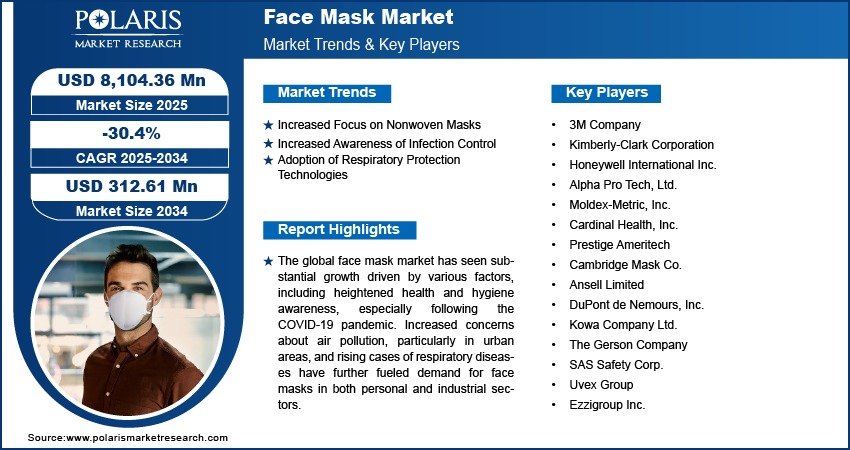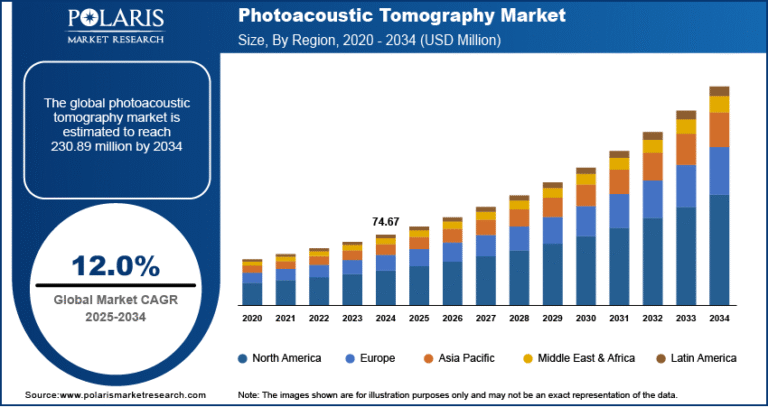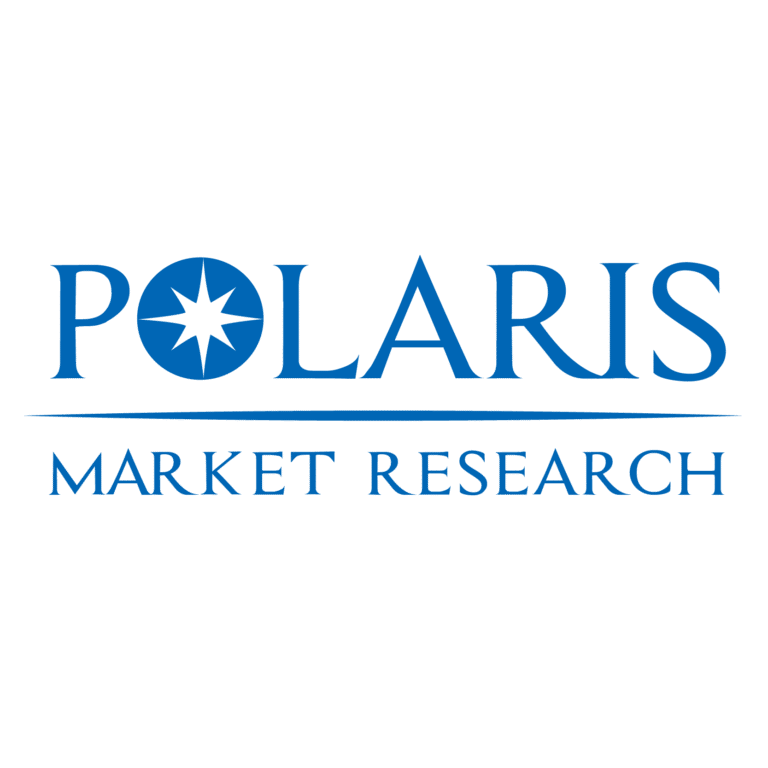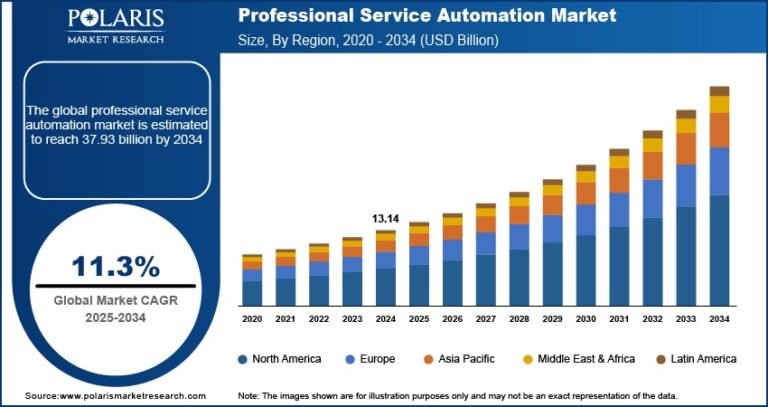Face Mask Market Projected to Decline to USD 312.61 Million By 2034, Exhibiting a CAGR of -30.4% from 2025–2034

The global Face Mask market size was valued at USD 11,619.15 million (USD 11.62 billion) in 2024 , but is projected to decline from USD 8,104.36 million in 2025 to USD 312.61 million by 2034 , exhibiting a Compound Annual Growth Rate (CAGR) of -30.4% during the forecast period from 2025 to 2034 .
- Post-Pandemic Demand Reduction: The face mask market experienced an unprecedented surge during the peak of the COVID-19 pandemic due to mandatory mask-wearing policies and health concerns. However, as vaccination rates have increased and public health restrictions have been lifted, demand has sharply declined across most regions.
- Shift Toward Optional Usage: With decreasing infection rates and changing consumer behavior, face masks are now predominantly used in healthcare settings or by individuals with respiratory conditions, rather than for general public use.
- Regulatory Changes and Reduced Procurement: Governments and institutions that previously procured masks in bulk for public distribution have significantly reduced orders, contributing to the sharp market contraction.
- Sustainability Concerns Drive Reusable Masks: While disposable mask demand is declining, there is growing interest in reusable and eco-friendly alternatives, particularly in urban and environmentally conscious markets.
- Continued Use in Healthcare Settings: Hospitals, clinics, and laboratories continue to maintain demand for surgical and N95 masks for infection control, although this is not sufficient to offset the overall decline.
- Market Size in 2024 – USD 11,619.15 million
- Market Size in 2025 – USD 8,104.36 million
- Projected Market Size by 2034 – USD 312.61 million
- CAGR (2025–2034) – -30.4%
Face masks are protective coverings designed to be worn over the nose and mouth to prevent the spread of infectious diseases, airborne particles, and pollutants. During the global health crisis, the market saw exponential growth due to widespread adoption across both medical and non-medical environments. This led to a massive influx of manufacturers entering the space, resulting in oversupply once demand began to taper off.
The current market contraction reflects the normalization of public health conditions and a return to pre-pandemic behaviors. Consumers are purchasing fewer masks, and governments are no longer placing large-scale orders for mass distribution. However, niche applications such as pollution protection, allergy prevention, and professional healthcare use remain relevant, albeit on a much smaller scale.
Technological innovation continues in specialized segments, including antimicrobial coatings, biodegradable materials, and smart masks with integrated sensors. Strategic shifts by key players toward premium, reusable, or functional masks are helping cushion the blow from falling demand in traditional disposable categories. Despite the steep decline, the market is expected to stabilize around specific use cases and sustainability-driven offerings in the long term.






